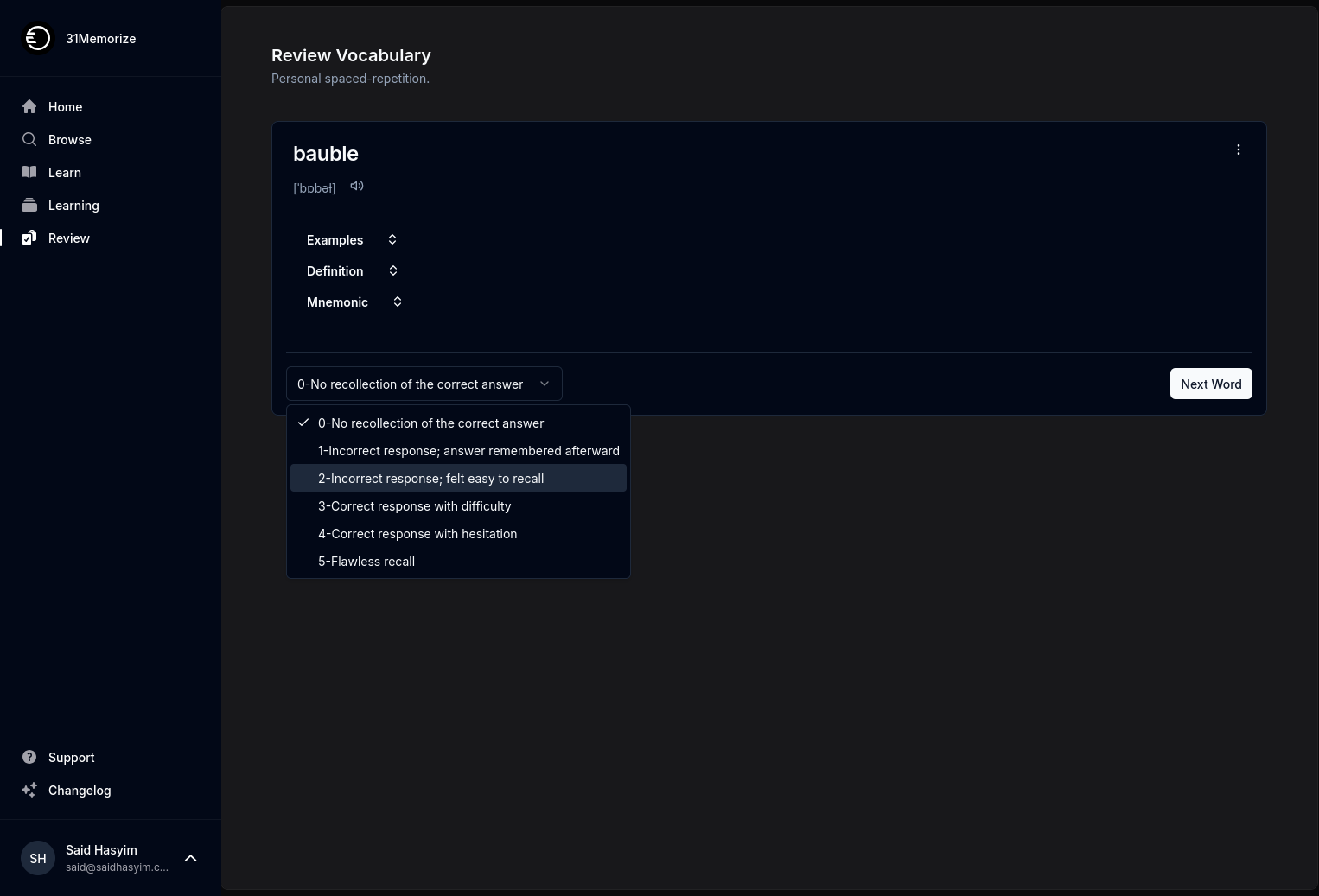Understanding the Metrics of Reader Engagement
In the digital age, content is king, but reader engagement is the throne upon which it sits. Understanding how to measure reader engagement is crucial for anyone in the content creation space—whether you're a blogger, a marketer, a writer, or a business owner. This blog post will explore various metrics used to gauge reader engagement, how they can inform content strategy, and best practices for optimizing your content to boost engagement.
What is Reader Engagement?
Reader engagement refers to the ways in which your audience interacts with your content. It goes beyond mere page views or click-through rates; true engagement captures the depth of your reader's connection to the content you provide. The richer the interaction, the more likely readers are to return, share your content, and advocate for your brand.
Why Does Reader Engagement Matter?
High levels of reader engagement lead to several benefits, including:
- Increased Loyalty: Engaged readers are more likely to become loyal followers, creating a repeat audience for your content.
- Higher Conversion Rates: Engagement often correlates with a higher likelihood of conversions, whether that's signing up for a newsletter, making a purchase, or sharing your content.
- Improved SEO: Search engines favor websites with high user engagement metrics, which can boost your site’s visibility.
- Valuable Feedback: Engaged readers often provide feedback that can help you refine your content, leading to continuous improvement.
Key Metrics to Measure Reader Engagement
Before diving into strategies for improving engagement, it’s essential to understand the specific metrics you can use to measure it. Here are some of the most common engagement metrics:
1. Page Views
While page views alone don't paint the full picture of engagement, they serve as a good starting point. A high number of page views indicates that your content is attracting attention. However, be wary of relying solely on this metric, as it doesn’t account for whether readers remained on the page or interacted with the content.
2. Average Time on Page
The average time a reader spends on your page is a more telling metric. If readers are lingering on your content, it often indicates that they find it valuable. A low average time on page might suggest that the content is not resonating or that the reader found what they were looking for and left immediately.
3. Bounce Rate
Bounce rate measures the percentage of visitors who navigate away from your site after viewing only one page. A high bounce rate could be a signal that your landing page isn’t capturing interest or that your content is mismatched with reader expectations.
4. Scroll Depth
Scroll depth tracks how far down the page readers scroll. This metric can provide insights into whether your content is holding attention. Tools that measure scroll depth can show you what percentage of readers reached the end of the article, giving you a clear sense of whether your content is engaging throughout.
5. Social Shares and Comments
Engagement isn’t limited to just reading; it also includes how readers interact with your content. The number of shares and comments on social media can be a strong indicator of how well your audience is connecting with your content. Social shares can amplify reach, while comments can provide direct feedback from readers.
6. Return Visitor Rate
Analyzing the percentage of return visitors can give you insight into loyalty. If readers come back to your site, it often means they found your content valuable and worth revisiting.
7. Conversion Rates
Depending on your goals, conversion rates can serve as a crucial metric of engagement. Whether it’s signing up for a newsletter, downloading a resource, or making a purchase, understanding conversion rates will help you determine how effectively your content is driving action.
How to Improve Reader Engagement
Now that we’ve explored key engagement metrics, let’s discuss how to enhance your content to improve these metrics:
1. Create Compelling Content
The foundation of reader engagement is high-quality, compelling content. Research your audience to understand their preferences, needs, and pain points. Use this information to create content that is engaging, informative, and relevant.
2. Optimize for Readability
Content should be easily digestible. Use headings, subheadings, bullet points, and visuals to break up text. This not only makes it easier to read but also encourages readers to engage with the content more actively.
3. Utilize Interactive Elements
Interactive elements, such as polls, quizzes, or comment sections, can encourage readers to engage more deeply. Consider incorporating these features into your content to foster a two-way dialogue with your audience.
4. Promote Your Content
Where you share your content matters. Promote your articles through social media, email newsletters, and even in-person events to reach a broader audience. Additionally, test different channels to see where your audience is most likely to engage.
5. Analyze and Adjust
Regularly analyze your engagement metrics. Identify patterns in the types of content that perform well and adjust your strategy accordingly. Continuous testing and adaptation are key to maintaining and increasing reader engagement.
Conclusion
Understanding the metrics of reader engagement is essential for anyone looking to create impactful content. By focusing on a mix of quantitative metrics, such as page views and average time on page, and qualitative indicators like social shares and comments, you can develop a comprehensive understanding of how your audience interacts with your content.
Remember, fostering reader engagement is an ongoing process that requires creativity, attention to detail, and an openness to feedback. By honing in on these strategies, you can ensure your content doesn't just reach viewers but resonates with them, setting the stage for lasting loyalty and growth. Keep experimenting, keep analyzing, and most importantly, keep engaging!
